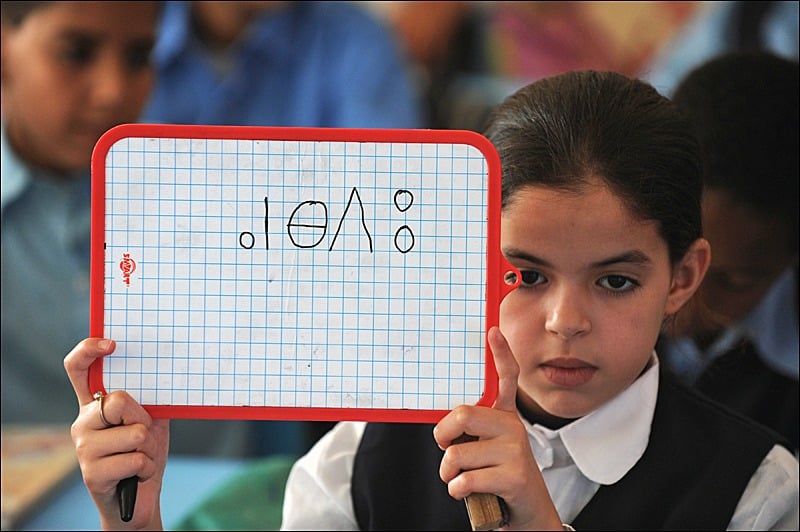Although November 20 is accepted as the Universal Children’s Day, many children in Tamazgha-North Africa are still are still deprived of a basic needs and face great hardships in their daily lives. early marriage, child trafficking, commercial sexual exploitation of children and high rates of child poverty and illiteracy, particularly in rural areas, are major problems that need to be tackled. in addition, Children of the Amazigh community cannot always exercise their rights to their own culture, the use of their own language and the preservation and development of their own identity.

In Morocco, nearly 30 per cent of the population are less than 14 years old. Many children are affected by rising levels of poverty and child neglect. Over recent years, the country has introduced a number of campaigns to tackle the problem of child labour. Nonetheless, thousands of children continue to be subjected to exploitative practices. Minors who work in agriculture or domestic service often work in precarious conditions where they have to use dangerous tools and equipment, are exposed to chemicals and high levels of noise.
Their physical and mental development is at stake. While boys traditionally work in agriculture in a very miserable conditions, girls are subject to early marriage that remains an issue especially in rural areas, with UNICEF reporting in 2004 that 16 per cent of all marriages were child marriages.314 While the Family Code established the minimum age of marriage for women and men at 18 years, judges are still allowed to authorize marriages before that age, including girls as young as 13, without any mandatory legal conditions having been fulfilled. Child prostitution has also been reported, particularly in Atlas Mountain regions.
The majority of working children do not receive an education. Without an education, many of these children will face grave difficulties once they become adults. The number of Moroccan children who live in the street has been growing. Although exact numbers are unknown, it is estimated that tens of thousands roam the streets of the country’s urban centres, particularly in the cities of Casablanca, Marrakesh, Fes and Meknes.
Although there have been some improvements since the past years, discrimination remains a serious concern for the children especially among the Amazigh communities in rural areas.
















